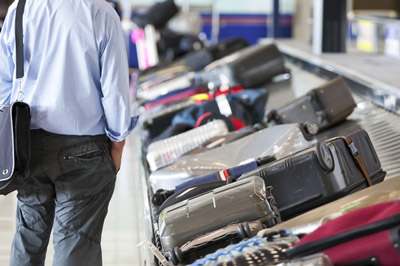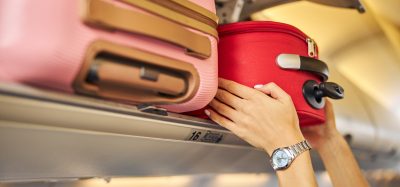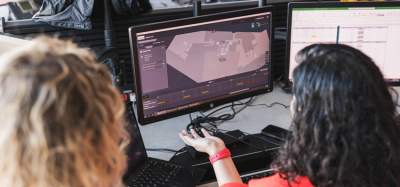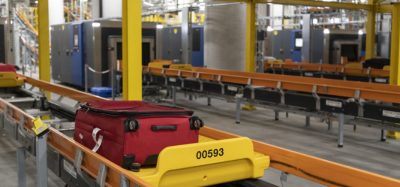Baggage mishandling drops to lowest ever rate in 2015
- Like
- Digg
- Del
- Tumblr
- VKontakte
- Buffer
- Love This
- Odnoklassniki
- Meneame
- Blogger
- Amazon
- Yahoo Mail
- Gmail
- AOL
- Newsvine
- HackerNews
- Evernote
- MySpace
- Mail.ru
- Viadeo
- Line
- Comments
- Yummly
- SMS
- Viber
- Telegram
- Subscribe
- Skype
- Facebook Messenger
- Kakao
- LiveJournal
- Yammer
- Edgar
- Fintel
- Mix
- Instapaper
- Copy Link
Posted: 29 April 2016 | Katie Sadler, Digital Content Producer, International Airport Review | No comments yet
A report commissioned by SITA has found baggage mishandling dropped to its lowest ever level in 2015, a 10.5 percent decline compared to the previous year.


A report commissioned by SITA has found baggage mishandling dropped to its lowest ever level in 2015, a 10.5 percent decline compared to the previous year.


Baggage mishandling rates have now dropped to their lowest ever level according to SITA’s Baggage Report 2016. An industry wide focus on improving baggage management has led to a 10.5% reduction in 2015 compared to the previous year. According to the report, the rate of mishandled bags was 6.5 bags per thousand passengers in 2015, less than half the rate in 2003.
Rate of baggage mishandling was 6.5 bags per thousand passengers in 2015
The improvement comes despite an 85 percent rise in passenger numbers since 2003. Last year more than 3.5 billion passengers travelled and with no sign that this growth will slow down, the industry is making step-changes to how it handles baggage. The International Air Transport Association (IATA) is leading the way with its call for airlines to track each bag throughout its entire journey. IATA Resolution 753, to be implemented by airlines by June 2018, will mean that bags will be tracked at every point of the journey.
IATA Resolution 753 to be implemented by airlines by June 2018
Francesco Violante, CEO of SITA, said: “Over the next three years bag tracking will be in the spotlight as airlines ready themselves to implement IATA’s Resolution 753. This increase in visibility will provide more control and drive further improvements in bag handling.
“It also means that passengers will be able track their bag, just like a parcel, which will reduce anxiety and allow them to take fast action if flights are disrupted and their bags are delayed.”
“Passengers will be able track their bag, just like a parcel”
Another area of change identified in SITA’s report is the growth of self-service bag services. Around 40 percent of airlines and airports now provide self-bag-tag printing at kiosks and more than three quarters are expected to do so by 2018. Almost a third of passengers expect to be using bag-drop – either a dedicated staffed station or fully self-service – in 2016.
40 percent of airlines and airports now provide self-bag-tag printing at kiosks
How bags are tagged for their journey is also evolving. Over the past year there has been progress across the industry on permanent electronic tags which offer passengers independence and can reduce waiting times. Airlines are now testing these tags which passengers update with their flight information for each journey via a mobile phone app. Home-printed bag tags, which offer passengers similar benefits, are a lower cost option being used by several airlines today.
“Mishandled bags still cost the industry $2.3 billion last year”
Violante added: “The baggage statistics for 2015 are very encouraging, however in total, mishandled bags still cost the industry $2.3 billion last year. While this is a 3.75 percent reduction from 2014 it is clear that this must remain an area of focus for the industry. Passenger experience is paramount and improving baggage handling will deliver improvements for passengers along with cost savings. The technology is available to support increased tracking and improved tracing and SITA is working across the air transport community to deliver efficiencies.”
The full SITA Baggage Report 2016 can be downloaded here.


















